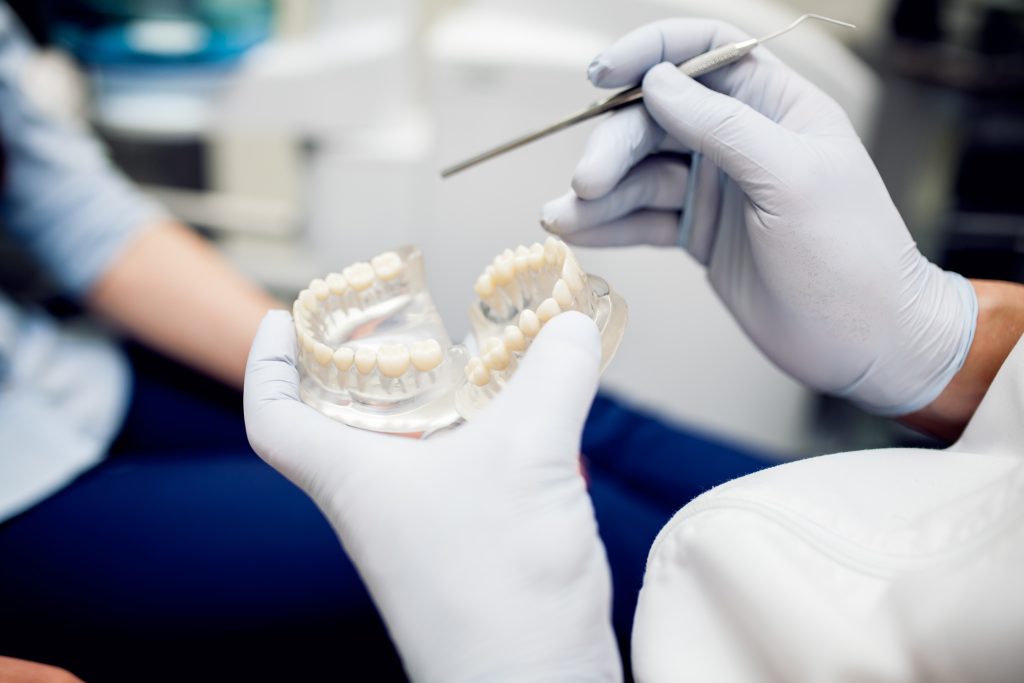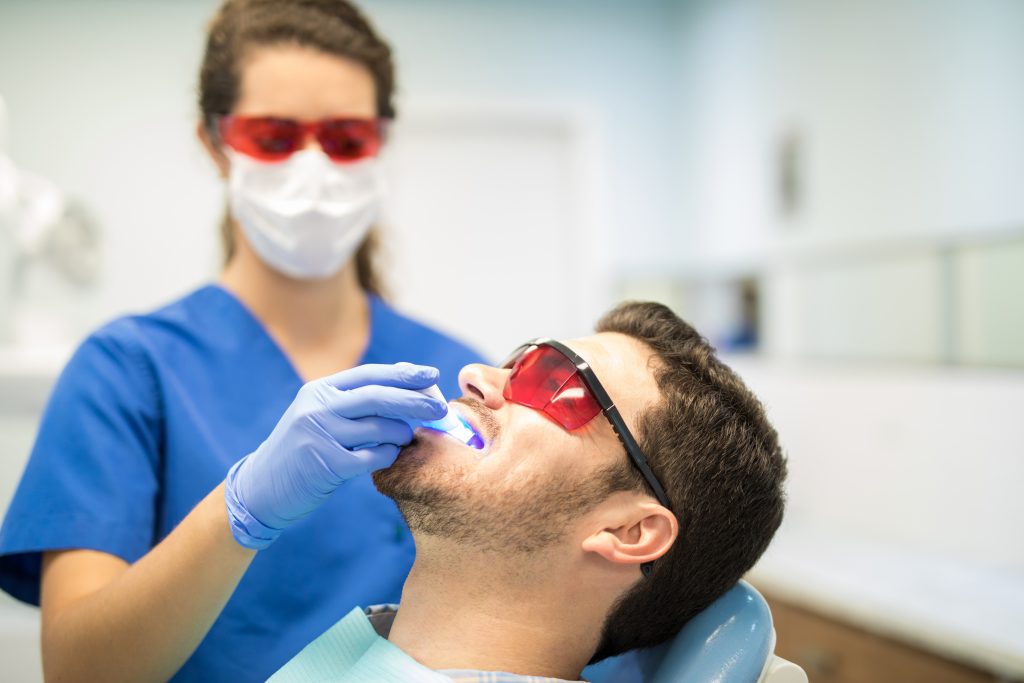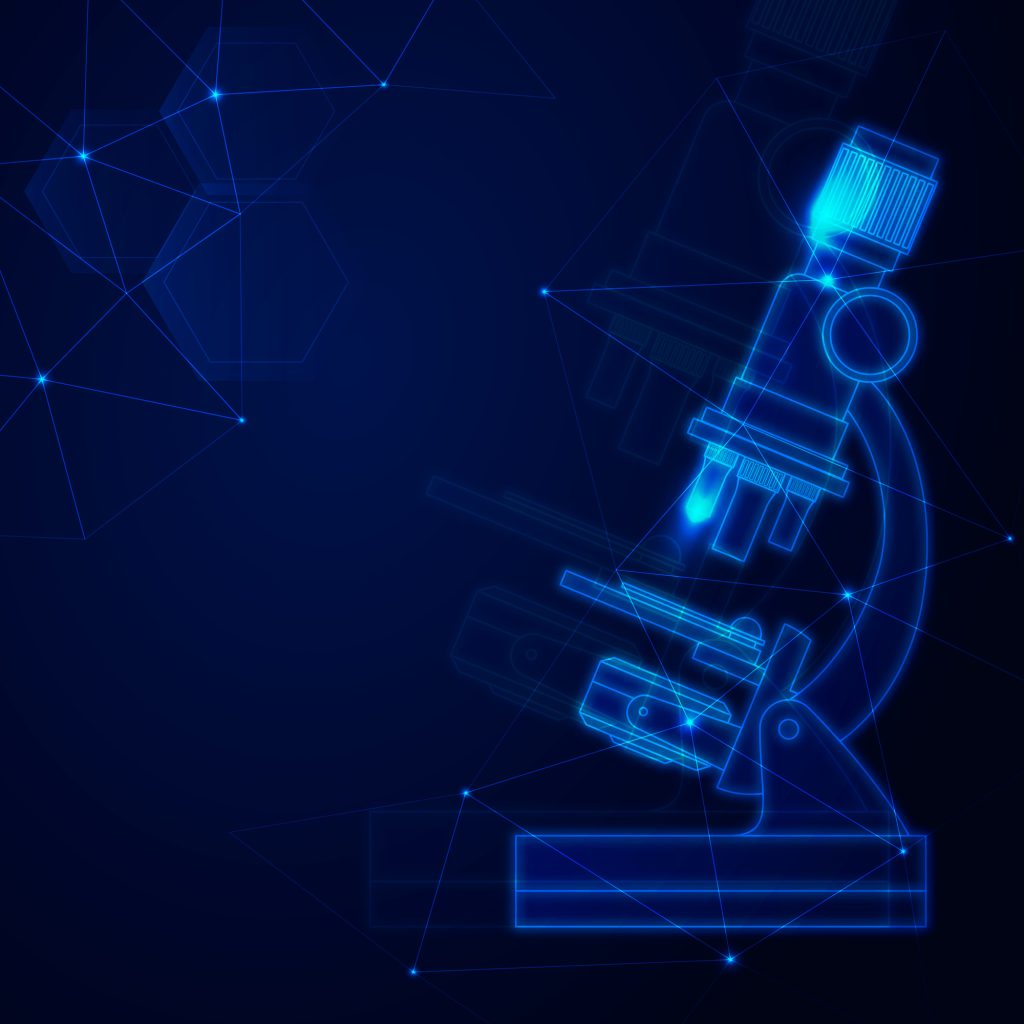Research and Development Center
History
The Research and Development Center was established within the university, based on the same Presidential Decree No. 245 of the year 1996. The decree included the establishment of five research units, equipped with the latest laboratory and research facilities.
More about R&D Center!
- Environmental Sustainability Research Unit.
- Soil & Water Research Unit.
- Molecular Biology & Genetic Engineering Unit.
- Training and Scientific Seminars Department.
- Service Analysis and Scientific Consultations Department.
- Quality Control Department.
The center achieves its objectives through four main pillars, which are
- Research Studies:
The center conducts research studies and scientific research through its research units. These studies aim to serve the community, promote environmental development, and solve problems for institutions, companies, investors, and entrepreneurs.
- Training Courses:
The center organizes regular training courses in various fields, including chromatographic analysis, spectroscopic analysis, estimation of heavy elements using atomic absorption, and assessment of organic, inorganic, and microbial pollutants in water and soil. The center also offers courses in molecular biology and genetic engineering. These courses aim to provide participants with valuable experiences, skills, and technology transfer.
– Scientific Conferences and Workshops:
The center organizes scientific conferences and workshops that address current topics of interest to researchers, the community, and the environment. These events aim to solve problems for investors and entrepreneurs in various fields, contributing to driving development forward. The conferences and workshops conclude with the development of practical solutions or recommendations that can be implemented in real-life situations.
- Service Analysis and Scientific Consultations:
Conduct field studies and laboratory tests for agricultural or reclaimed lands to assess their chemical, physical, and biological properties, including fertility, suitability for cultivation, and optimal irrigation methods.
Analyzing and evaluating both solid and liquid mineral and organic fertilizers.
Analyzing water samples and determining their suitability for irrigation.
Analyzing drinking water.
Analyzing plant and soil samples.
Estimating organic, inorganic, and biological pollutants in water (drinking, irrigation, discharge, and wastewater) as well as in plants and agricultural soil or any other medium.
Conducting microbiological tests in food, dairy products, water, and soil Estimating specific elements such as Hg, Zr, Se, Si, Ni, Cd, Pb, Cr, Co, B, Mo, Cu, Zn, Mn, Fe, and some other elements (Mg, Ca, K, Na) using techniques such as atomic absorption spectroscopy.
Estimating amino acids, fatty acids, essential oils, sugars, vitamins, phenols, and pesticides can be done using chromatographic analysis devices such as High-Performance Liquid Chromatography (HPLC) and Gas Chromatography (GC).
Estimating total and free amino acids, phosphorus, sulfur, boron, total phenols, enzymes, total sugars, total proteins, and plant hormones can be done after their extraction from respective sources using a UV Spectrophotometer.
Estimating peptides, proteins, antibodies, and hormones can be done using the Enzyme-Linked Immunosorbent Assay (ELISA) technique.
Estimating the particle size distribution of suspensions and powders with diameters ranging from 0.4 µm to 900 µm can be done using a Particle Size Distribution Ins.
Estimating total nitrogen and water-soluble nitrogen (NO3– , NH4+) as well as total protein.
Estimating the nutritional elements in plants from soil, water, and fertilizers.
Extracting organic compounds such as lipids, fatty acids, sugars, and other plant samples using a Soxhlet extractor.
Safely and accurately evaporating organic solvents from samples or reaction mixtures using a Rotary evaporator.
Estimating Biological Oxygen Demand (BOD).
Estimating Chemical Oxygen Demand (COD).
- Microbial Analysis in Food, Water, and Soil.
- Estimating the total microbial count.
- Detection and estimation of coliform bacteria.
- Differentiating between different types of coliform bacteria.
- Identifying pathogenic and toxigenic bacteria (Enterobacteriaceae) using API tests.
- Identifying pathogenic and toxigenic bacteria using molecular biology and genetic engineering techniques.
- Identifying fungi and yeasts based on morphological and biochemical characteristics, as well as molecular biology and genetic engineering techniques.
- Estimating the antimicrobial activity of substances using the DDM (Disc Diffusion Method) technique.
- Estimating the minimum inhibitory concentration (MIC) of antimicrobial agents.
- Evaluating the efficiency of disinfectants and sterilization devices.
- Estimating fungal growth using gravimetric
- Estimating bacterial growth using a spectrophotometer.
- Estimating Some Microbial Activities.
- Detection of Salmonella bacteria using conventional methods, as well as molecular biology and genetic engineering techniques.
- Infection control analyses.
- Detection of E. coli O157 bacteria using molecular biology and genetic engineering techniques.
- Molecular diagnosis of infectious diseases and genetic disorders.
- Utilizing plant tissue culture technique for the production of rare medicinal plants.
- Preserving endangered species.
- Preserving microbial strains and biological extracts using a freeze-drying technique.
- Utilizing plant, animal, and human tissue culture techniques in the production of biopharmaceuticals.
The Research and Development Center at Misr University for Science and Technology strives to provide research services to students and researchers from within and outside the university. The center also serves the community and contributes to environmental development by offering research studies, scientific consultations, training courses, and practical solutions for institutions, companies, entrepreneurs, and investors.
The center aspires to enhance its laboratory, scientific, and research capabilities. It aims to expand its specialized research units and play a clear and effective role in driving development forward. The center aims to become one of the distinguished research centers at all levels.










